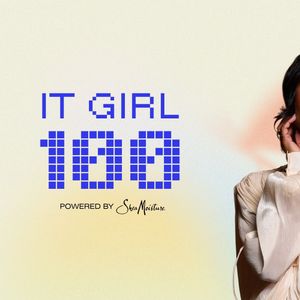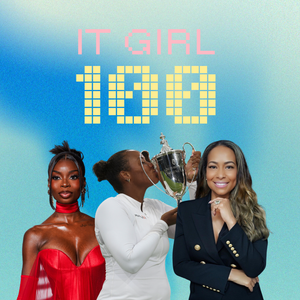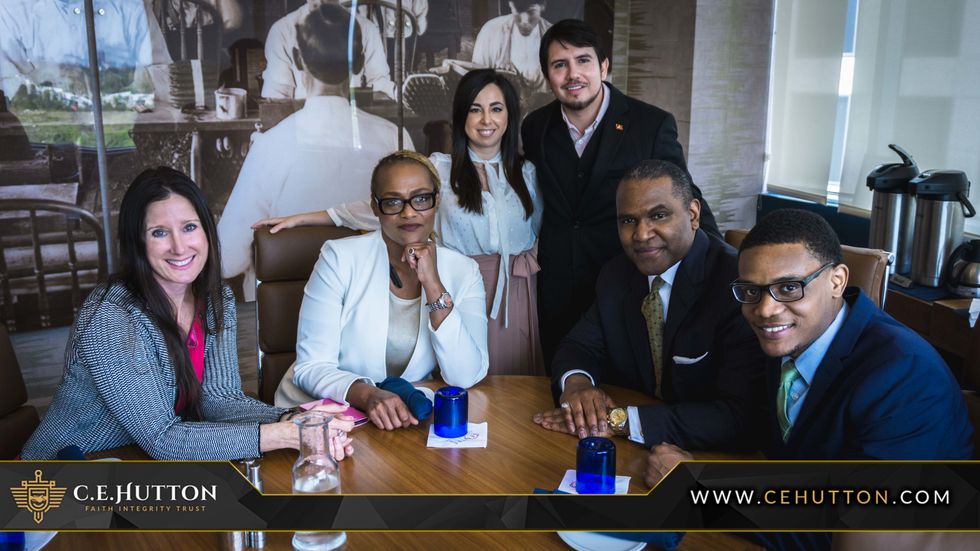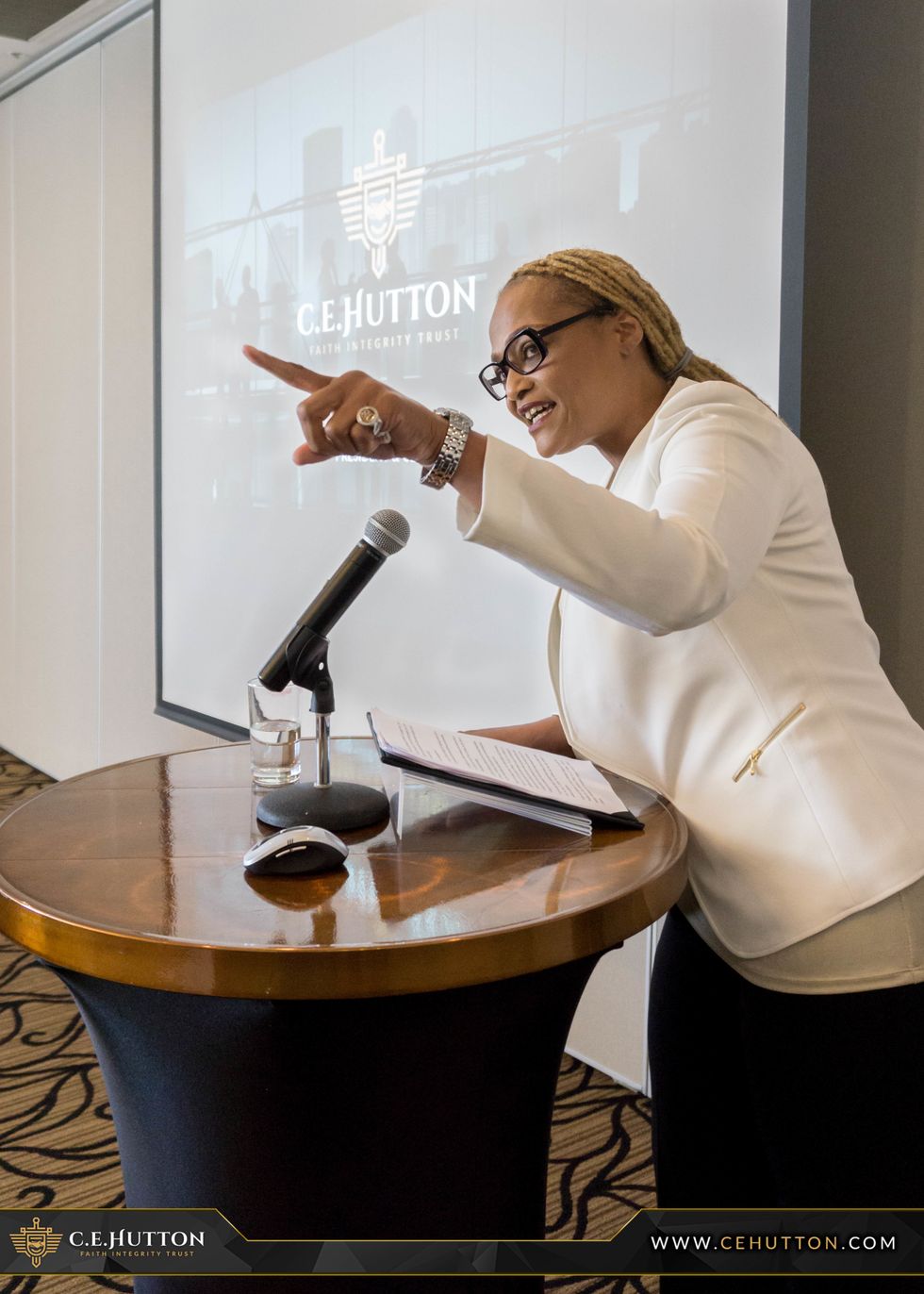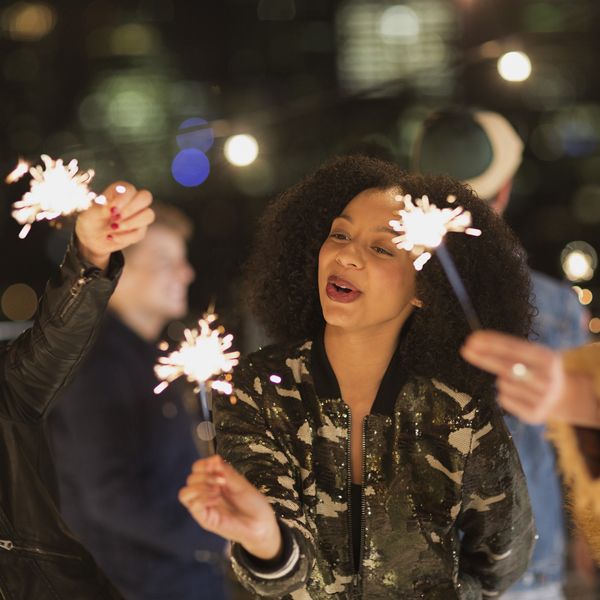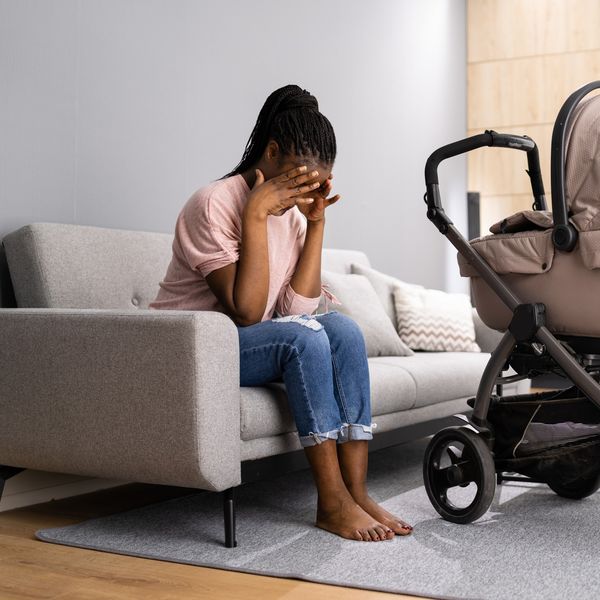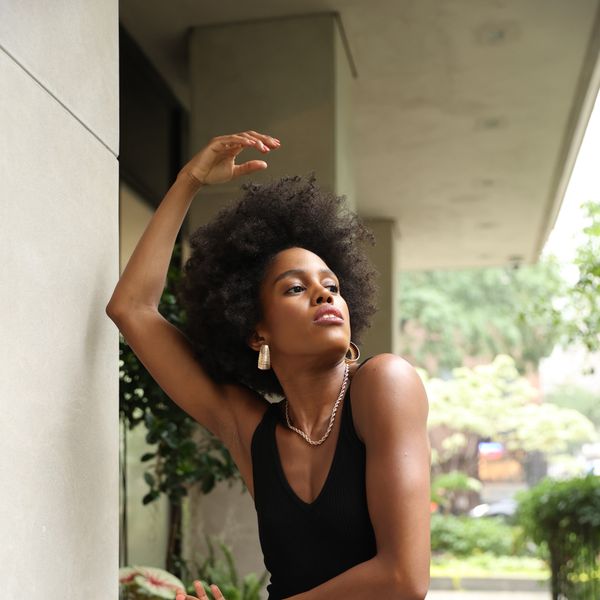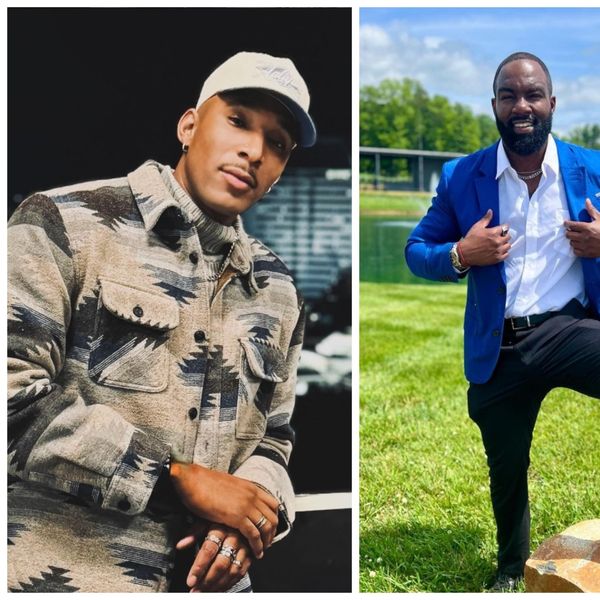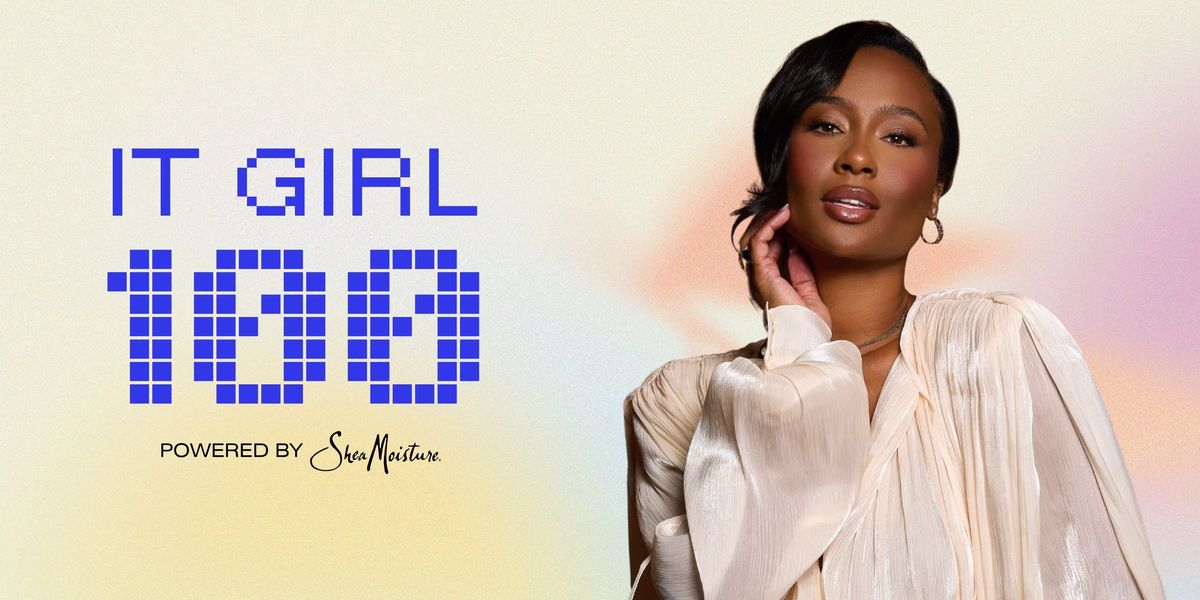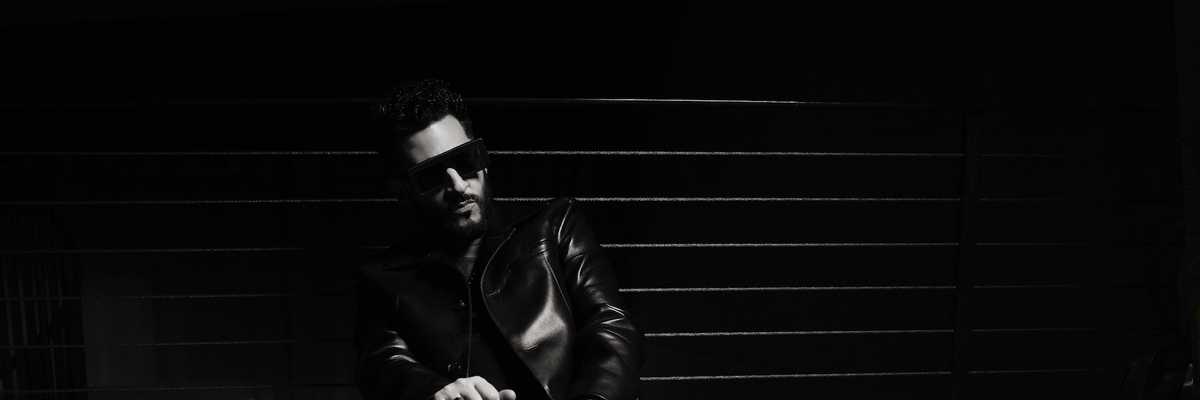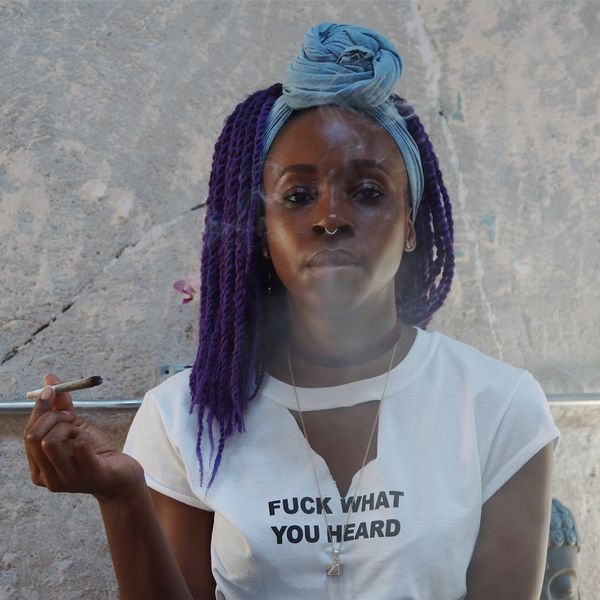
Whether sparking one up is a guilty pleasure of yours or you are loud and proud with it, the cannabis industry is skyrocketing!
As multiple states legalize weed and the industry experiences a boom of CBD Hemp healing, sales, and usage, it's safe to say that this industry is a shoo-in for profit where WOC can cash in. And they can do so all while making a difference in reversing the effects of the "War on Drugs," eradicating the stigma of cannabis use, and incorporating marijuana into spirituality, creativity, and alternative or holistic healing.
I had a sit down with ganja veteran Khadijah Adams in the cannabis industry who is the vice president and COO of C.E. Hutton, a business development company seeking to help minority-led cannabis businesses. Underneath C.E. Hutton, Khadijah also offers a line of exclusive cannabis products through CBD Well 101. She has been a pioneer for black and brown women looking to tap into the industry, sitting on the board of the National Cannabis Chamber of Commerce, the Executive Committee of the Minority Business Council (MBC) of the National Cannabis Industry Association. (NCIA)
Read on for details about Khadijah's journey, the cannabis business basics, as well as a few other millennial WOC who are legally jumping on the bandwagon and turning marijuana into money. You never know, this may spark up a few cannabis entrepreneurial ideas of your own!
How She Overcame Fear and Took A Leap of Faith Into The Legal Cannabis Industry:
"When Colorado announced they were legalizing cannabis for recreational consumption, I sent a blast text message to over 200+ people informing them that 'everything must go.' The message was well received by some and refused by others and honestly, I didn't care one bit. My only concern was that I had the support of my four sons, two of whom are Christian Ministers in Texas. They didn't like the idea of me leaving Sugar Land, Texas to enter an illegal industry, and especially moving to a state that is only 8% African American. Surprisingly, they were very supportive! So, I proceeded to sell everything in my house at a garage sale; except for my car, clothes, cell, and computer. And on March 14, 2014, I drove to Colorado, and positioned in the industry almost immediately through collaborations and making the right connections."
Why Women of Color Should Cash Into The Cannabis Game:
"This is a newly statewide legal industry and 29 states out of 50 have legalized for recreational or medicinal consumption. That in itself reeks of 'opportunity' and many women of color are transitioning from corporate America, or are transitioning their current companies into the cannabis space because the opportunity is much bigger here than in traditional industries. Also, we are natural nurturers, and our first instinct is to help people. Whole plant medicine and CBDs are helping people."
How The Legal Cannabis Industry Can Be As A Tool To In Black and Brown Communities:
"As people of color, we have been systematically plagued with the stigma of marijuana; we have been beaten, killed, and imprisoned for over 80+ years because of lies, greed, and blatant discrimination. This industry was built on our backs and is now being legalized across America and dominated by many who have not suffered one bit from the 'War on Drugs,' and by some who laugh about their one-time overnight jail time and small slap on the wrist. While most people of color are still scared to enter this industry, the ones who are in the industry are still fighting for inclusion.
"As people of color, we should want to learn more about this industry, re-educate ourselves with the truth about cannabis and help to dispel the lies and hatred surrounding our community, as it relates to the stigma that's been created. Most importantly, we should want to position ourselves in this industry, aim for creating generational wealth for our families, with hopes of one day restoring our communities."
Obstacles To Overcome as WOC in The Legal Cannabis Industry:
"Access and capital are two of the main difficulties for WOC looking to gain entry into this industry. Many people of color are looking to connect to the right people to help them position, and in most cases, people who look like us. Truth is, many of us don't have the necessary capital to support our dreams or ideas. For most who have positioned in this industry, find it hard to obtain the capital needed to expand."
Her Greatest Accomplishment:
"My biggest accomplishments in the industry was selling my previous company, MIPR Holdings, LLC. My ultimate goal is to help a lot of people look and feel better with whole plant medicine and CBDS while also creating generational wealth and helping others do the same."
What She Smokes:
"I'm a Sativa lover with a very high tolerance. I combine Trainwreck, Lavender Jones, and Lemon Skunk. I call it a 'fruit bowl of love.'"
Her Advice To Newbies:
- Learn the medical and/or adult use laws in your home state.
- Get involved with your local cannabis advocates and activists in your community, such as Marijuana Policy Project, NORML, and the NCIA, etc.
- Connect to leaders with proven track records in this industry to help mentor you, then listen to them when they give advice. Let your final decision be the one that you make.
- Connect with positive people who will encourage you and hold you accountable.
- Learn as much as possible about the field you intend on entering, and volunteer at as many events surrounding your field, as much as you can, because on the job training is the actual education!
For more inspiration for getting involved in the cannabis industry, follow these 5 millennial WOC killing it in the weed game!
1.Mary Pryor, @Cannaclusive
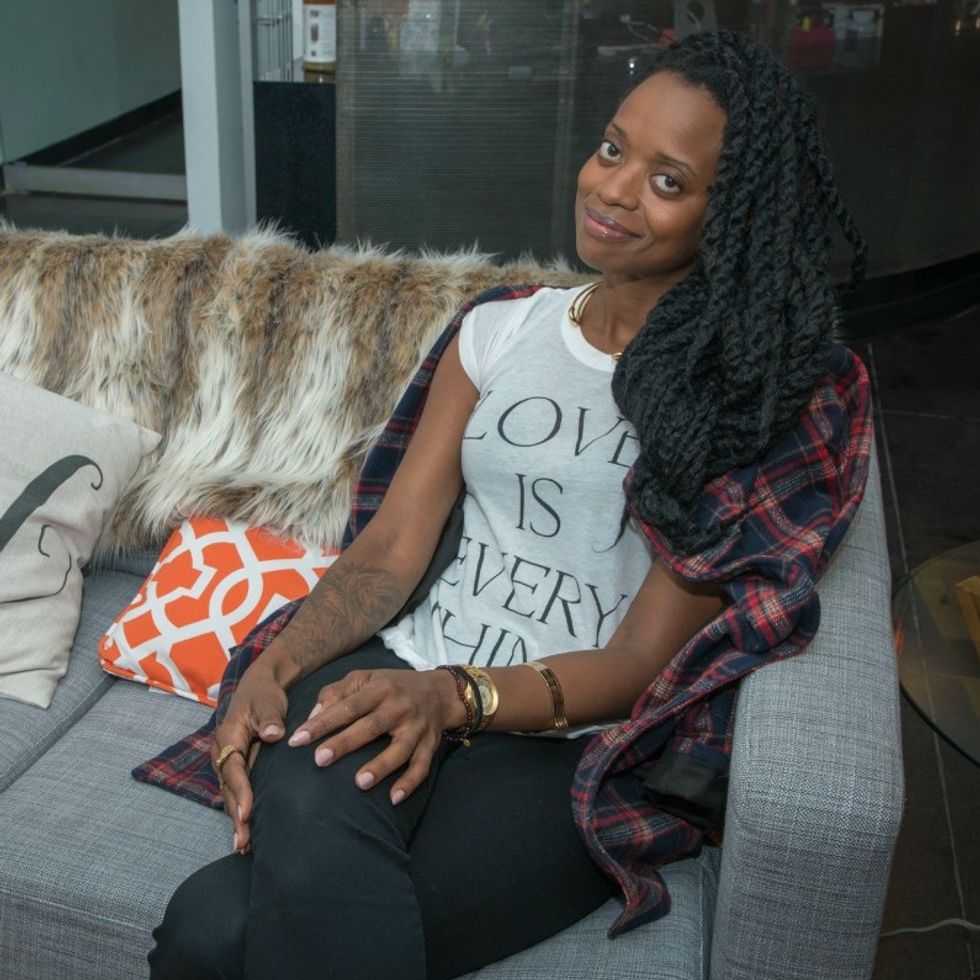
Mary Pryor
Women's Freedom Conference
Mary Pryor is an alternative healer, and a co-founder of Cannaclusive, which was established to facilitate fair representation of minority cannabis consumers. Her company celebrates the cultures of the thriving cannabis community, by curating experiences, groundbreaking insights, thoughtful content and dynamic visuals; making it easier for brands to communicate with diverse audiences and rally in the fight for legalization and de-stigmatization of marijuana.
2.Joy Victoria Clarke, @Mahogany.mary
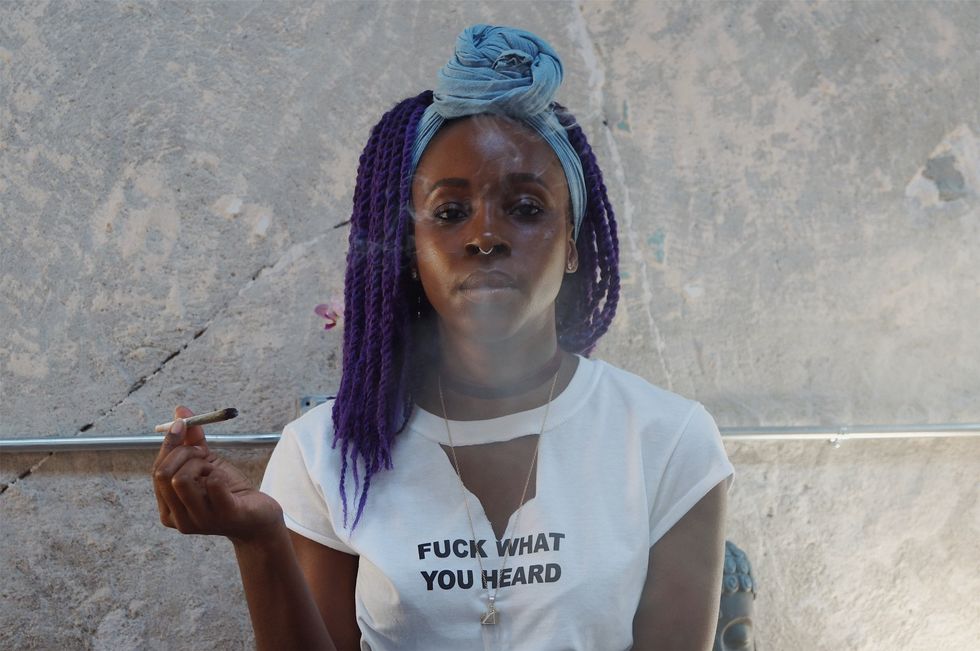
Founder of Mahogany Mary, Joy Victoria Clarke
Joy Victoria Clarke/Mahogany Mary
Joy Victoria Clarke is the founder of Mahogany Mary, a cannabis event curation service based in LA. Her idea behind creating her company is to address the lack of diversity in the legal cannabis industry by making people understand that "weed is only the beginning of plant based medicine."
3.Mary & Main, @Maryandmain
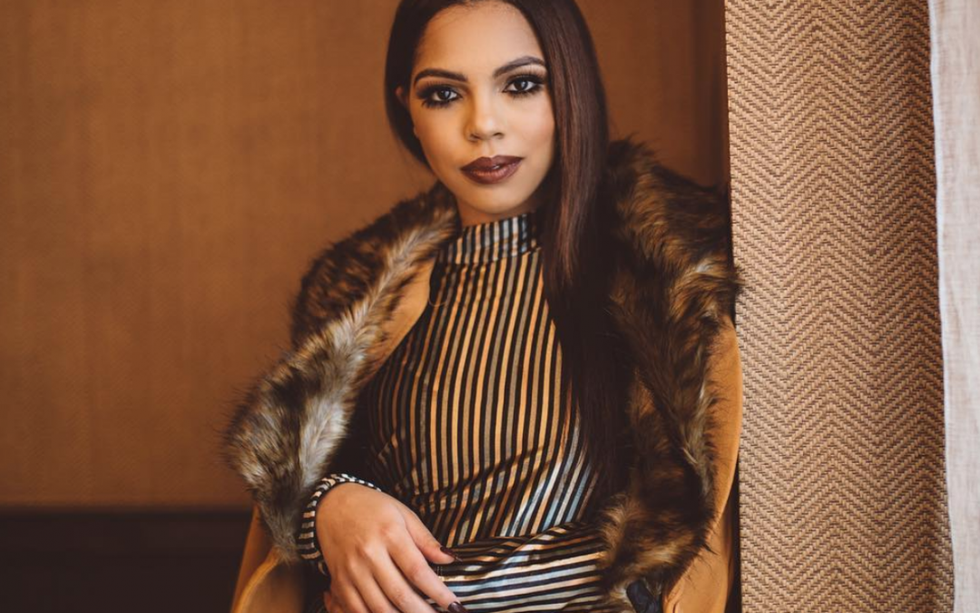
Hope Wiseman/Instagram
WAGS Atlanta castmember Hope Wiseman made an even bigger name for herself after becoming the youngest dispensary owner in the United States at age 25. She is the founder of Mary and Main, a Maryland-based dispensary.
4.Chef Megon Dee-Cave, @Chefmegondeecave
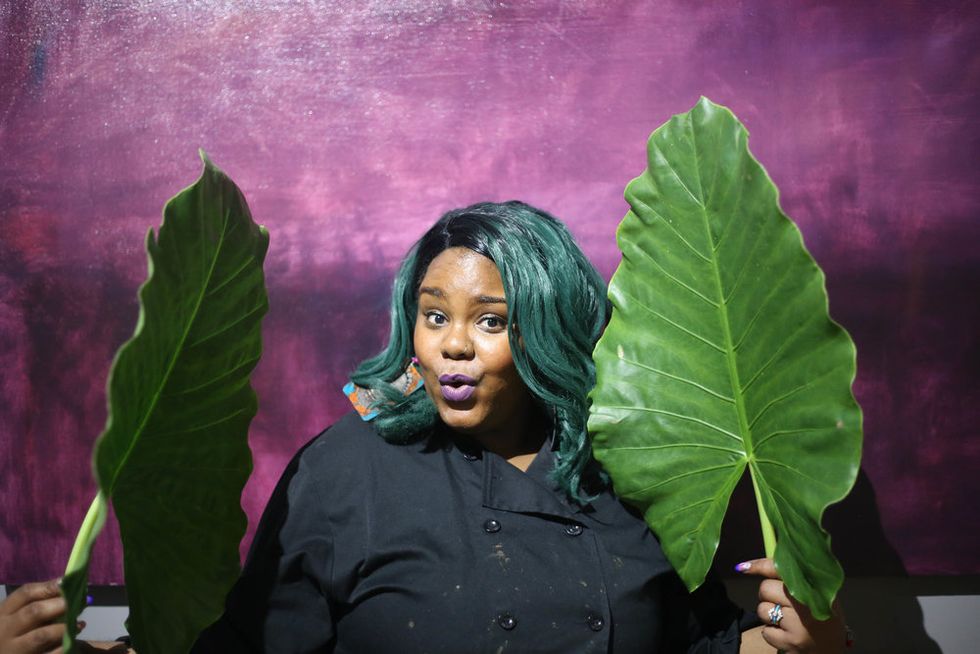
PHOTO BY FLUFFY POP POSTCARDS@FLUFFYPOPPOSTCARDS.
Chef Megon Dee-Cave is a talented canna-chef and is the kitchen manager at Little House Foods, a Portland-based cannabis infused foods company. She is also the CEO and founder of Oracle Infused, "a lifestyle brand that provides experiences, products, and information that is cannabis inclusive."
5.Amanya Maloba, Janice Ibarra, & Vanity Thomas, @Womenweedwifi
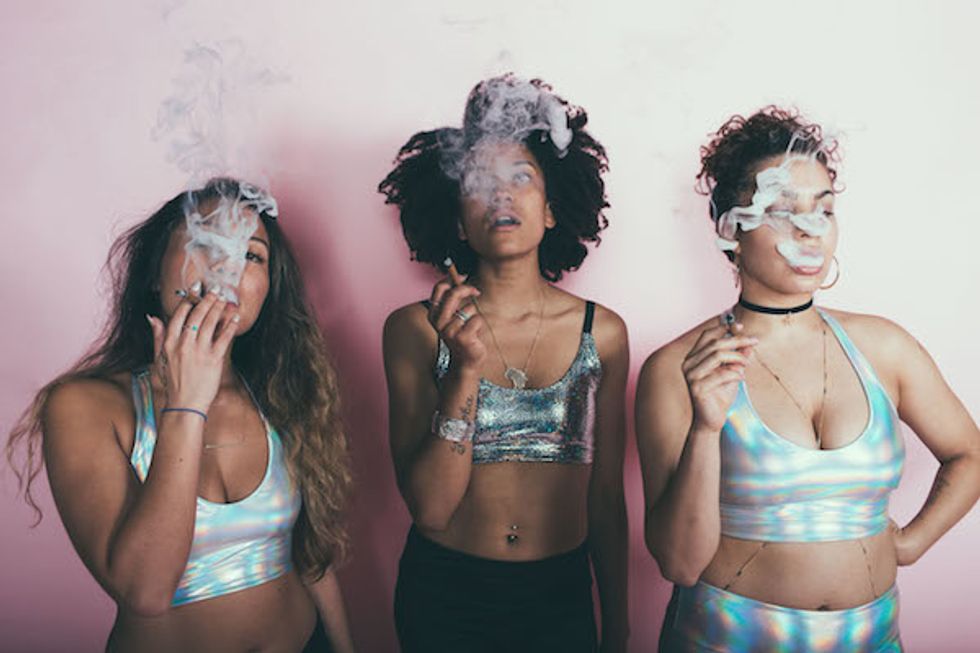
The ladies behind Women.Weed.Wifi
These three WOC in cannabis are the super dynamic girl gang trio of ganjapreneurs and cannabis advocates who started the Women.Weed.Wifi Collective with a mission to "Uplift, unite, and enrich creatives of color - and beyond within the cannabis community." This collective serves as a source of commerce and inspiration, as well as a platform combining spiritual and artistic pursuits.
Featured photo by Joy Victoria Clarke/Mahogany Mary
Exclusive: Viral It Girl Kayla Nicole Is Reclaiming The Mic—And The Narrative
It’s nice to have a podcast when you’re constantly trending online. One week after setting timelines ablaze on Halloween, Kayla Nicole released an episode of her Dear Media pop culture podcast, The Pre-Game, where she took listeners behind the scenes of her viral costume.
The 34-year-old had been torn between dressing up as Beyoncé or Toni Braxton, she says in the episode. She couldn’t decide which version of Bey she’d be, though. Two days before the holiday, she locked in her choice, filming a short recreation of Braxton’s “He Wasn’t Man Enough for Me” music video that has since garnered nearly 6.5M views on TikTok.
Kayla Nicole says she wore a dress that was once worn by Braxton herself for the Halloween costume. “It’s not a secret Toni is more on the petite side. I’m obsessed with all 5’2” of her,” she tells xoNecole via email. “But I’m 5’10'' and not missing any meals, honey, so to my surprise, when I got the dress and it actually fit, I knew it was destiny.”
The episode was the perfect way for the multihyphenate to take control of her own narrative. By addressing the viral moment on her own platform, she was able to stir the conversation and keep the focus on her adoration for Braxton, an artist she says she grew up listening to and who still makes her most-played playlist every year. Elsewhere, she likely would’ve received questions about whether or not the costume was a subliminal aimed at her ex-boyfriend and his pop star fiancée. “I think that people will try to project their own narratives, right?” she said, hinting at this in the episode. “But, for me personally – I think it’s very important to say this in this moment – I’m not in the business of tearing other women down. I’m in the business of celebrating them.”
Kayla Nicole is among xoNecole’s It Girl 100 Class of 2025, powered by SheaMoisture, recognized in the Viral Voices category for her work in media and the trends she sets on our timelines, all while prioritizing her own mental and physical health. As she puts it: “Yes, I’m curating conversations on my podcast The Pre-Game, and cultivating community with my wellness brand Tribe Therepē.”
Despite being the frequent topic of conversation online, Kayla Nicole says she’s learning to take advantage of her growing social media platform without becoming consumed by it. “I refuse to let the internet consume me. It’s supposed to be a resource and tool for connection, so if it becomes anything beyond that I will log out,” she says.
On The Pre-Game, which launched earlier this year, she has positioned herself as listeners “homegirl.” “There’s definitely a delicate dance between being genuine and oversharing, and I’ve had to learn that the hard way. Now I share from a place of reflection, not reaction,” she says. “If it can help someone feel seen or less alone, I’ll talk about it within reason. But I’ve certainly learned to protect parts of my life that I cherish most. I share what serves connection but doesn’t cost me peace.
"I refuse to let the internet consume me. It’s supposed to be a resource and tool for connection, so if it becomes anything beyond that I will log out."
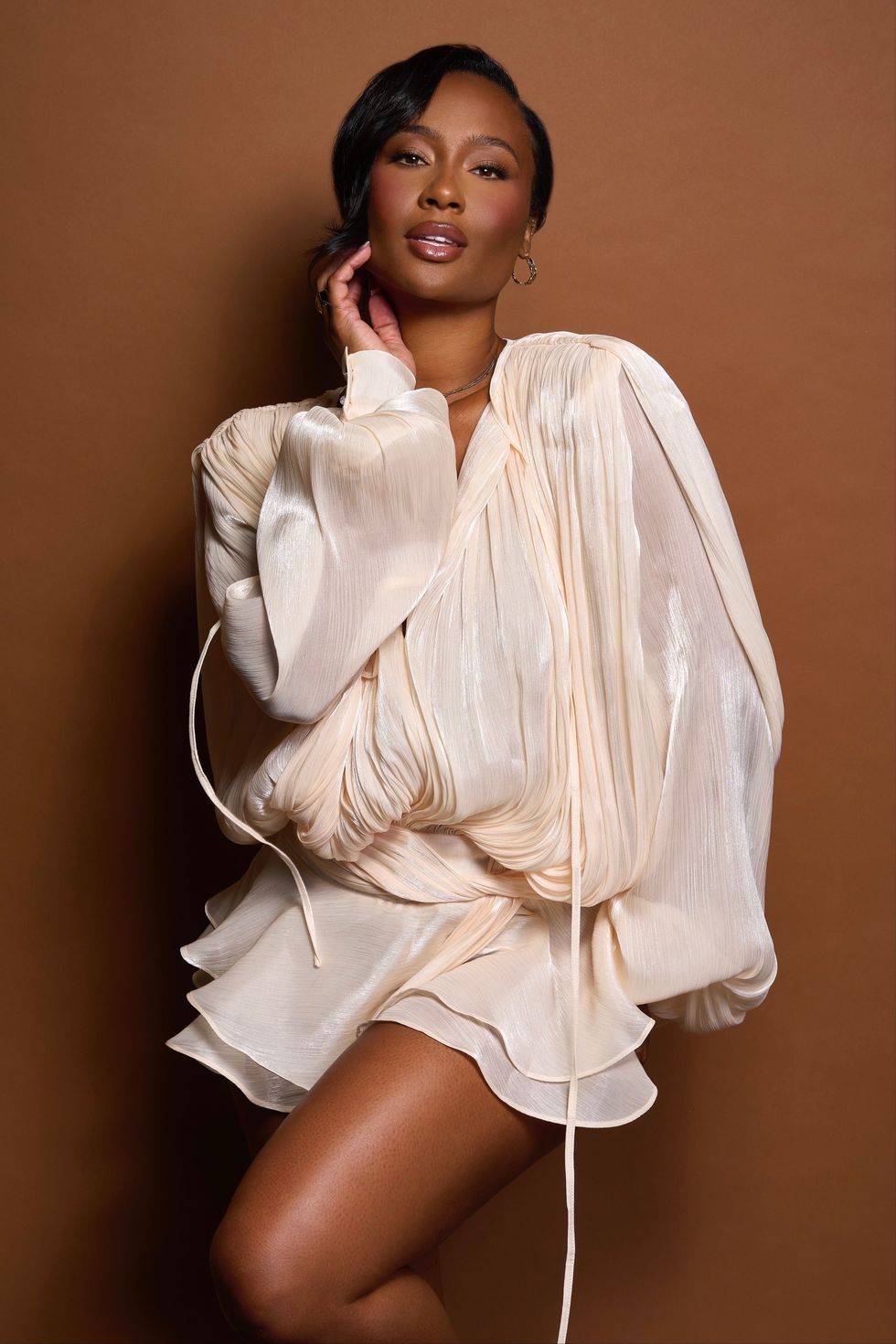
Credit: Malcolm Roberson
Throughout each episode, she sips a cocktail and addresses trending topics (even when they involve herself). It’s a platform the Pepperdine University alumnus has been preparing to have since she graduated with a degree in broadcast journalism, with a concentration in political science.
“I just knew I was going to end up on a local news network at the head anchor table, breaking high speed chases, and tossing it to the weather girl,” she says. Instead, she ended up working as an assistant at TMZ before covering sports as a freelance reporter. (She’s said she didn’t work for ESPN, despite previous reports saying otherwise.) The Pre-Game combines her love for pop culture and sports in a way that once felt inaccessible to her in traditional media.
She’s not just a podcaster, though. When she’s not behind the mic, taking acting classes or making her New York Fashion Week debut, Kayla Nicole is also busy elevating her wellness brand Tribe Therepē, where she shares her workouts and the workout equipment that helps her look chic while staying fit. She says the brand will add apparel to its line up in early 2026.
“Tribe Therepē has evolved into exactly what I have always envisioned. A community of women who care about being fit not just for the aesthetic, but for their mental and emotional well-being too. It’s grounded. It’s feminine. It’s strong,” she says. “And honestly, it's a reflection of where I am in my life right now. I feel so damn good - mentally, emotionally, and physically. And I am grateful to be in a space where I can pour that love and light back into the community that continues to pour into me.”
Tap into the full It Girl 100 Class of 2025 and meet all the women changing game this year and beyond. See the full list here.
Featured image by Malcolm Roberson
Jon B. Talks New Album, 18-Year Marriage & Being A Girl Dad
Since 1995, Jon B. has been entertaining us with his soulful voice, belting out R&B classics like “They Don’t Know” and “Someone to Love.” Despite his immense success, Jon decided to prioritize his family and take a step back from the music scene. He got married, and together, he and his wife had daughters. While he didn’t release any new music during this period, Jon remained dedicated to his fans by touring and maintaining his connection with them.
"I'm raising two daughters," he tells xoNecole exclusively. "One is 11 now, and one is 18, and both need their dad. Besides being a father, a rock star on the weekends, and a husband of 18 years, the real thing that kept me the busiest over the last 10 years was the road, keeping the bread on the table, and staying with my fans. Nevertheless, connecting with the fans and keeping that relationship alive. Regardless of whether I was on the radio every five minutes or whatnot. I just wanted to keep that relationship alive, and the best way to do that is just go and perform."
A decade later, Jon B. dropped a new album, WAITING on YOU. The album title alone is a nod to fans who have been waiting on him to release new music. The "Are You Still Down" singer collaborated with Rick Ross, Alex Isley, Tank, and Donell Jones on the album, giving fans a little bit of everything.
"Compiling this album was a labor of love because it was me sort of picking the gems. I wrote so many songs over the last 30 years. I wanted to go back and dust some old gems off and see if I can rework these records," he says. "Some of them are kind of reworks from back in the day, from back in the late '90s. I just kind of love the beat. One of the songs on my album is a vintage cut. I'll call it a vintage cut because I did it in '98. It's a song called "Pick Me Up."
"There's a little bit of the old and a little bit of the new, but WAITING on YOU, I felt was an appropriate name for the album, being that it was 10 years and it's really about my relationship that I have with my fans. Not only is it the relationship I have with my wife and my children, it's the extended relationship I have with with you guys, the listeners."
"There's a little bit of the old and a little bit of the new, but WAITING on YOU, I felt was an appropriate name for the album, being that it was 10 years and it's really about my relationship that I have with my fans."
His wife and kids are his biggest supporters and he shared that they sometimes give their opinion on his music. When it comes to his relationship with his wife, he says communication and patience are the keys to lasting. "I don't mean to sound like Dr. Phil up in here, but 18 years, going on 19, and it's like, I'm not counting, but I guess we're doing something right because we're very happy people," he says.
"I'm making music that reflects what I feel in my heart, which is pretty cool to share with the world now as a grown ass man instead of a guy who was growing up and had an old soul and I was figuring stuff out. I'm grateful for those records, but I really feel like these records are like a guy celebrating everything that I've been blessed to experience so far."
Let’s make things inbox official! Sign up for the xoNecole newsletter for love, wellness, career, and exclusive content delivered straight to your inbox.
Feature image courtesy

